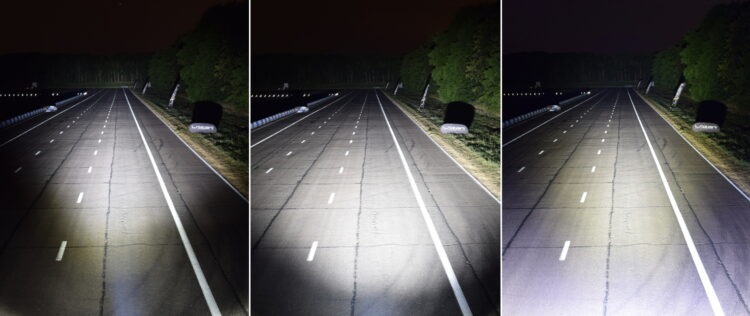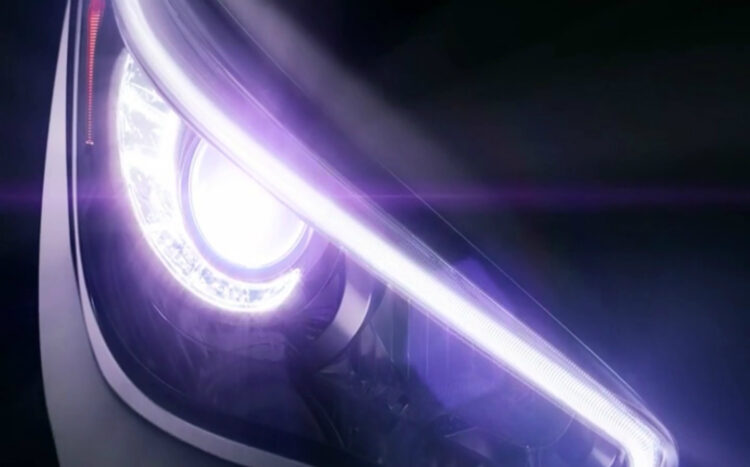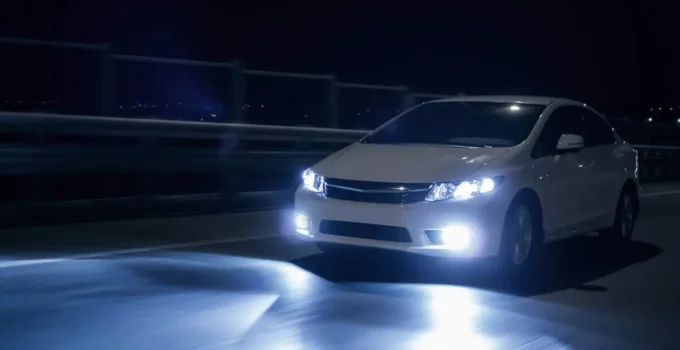Headlights are a vital component of any vehicle, significantly contributing to safe and comfortable night-time driving. Recently, LED headlight bulbs have become increasingly popular as a modern lighting solution. Using advanced technology, LED bulbs offer superior brightness, efficiency, and lifespan over traditional lighting options. This blog post aims to demystify LED headlight bulbs, discussing their types, sizes, and illumination, and providing insightful information on their installation, maintenance, and legal considerations.
Page Contents
Understanding LED Headlight Bulbs

Source: bestcaraudio.com
LEDs (Light Emitting Diodes) work by passing an electrical current through a semiconductor, causing it to emit light. When applied to headlights, this technology offers several advantages over traditional halogen or HID bulbs. LEDs produce a much brighter and whiter light, improving visibility. They are also more energy-efficient, using less power from your vehicle’s battery. Moreover, LEDs have a much longer lifespan, often outliving the vehicle they’re installed in, reducing the need for frequent replacements. When comparing brightness, energy efficiency, and lifespan, LED headlights surpass their halogen and HID counterparts, making them a wise investment for any driver.
Types of LED Headlight Bulbs
There are two primary types of LED headlight bulbs: single-beam and dual-beam. Single-beam bulbs have one function—either as low or high beam—requiring two bulbs for each headlight. Conversely, dual-beam bulbs can function as both, needing only one bulb per headlight. The type of LED headlight bulbs from SEALIGHT appropriate for your vehicle depends on its headlight system. When choosing, it’s important to understand the specific needs and requirements of your vehicle, ensuring optimal performance and safety.
Sizing and Compatibility
Headlight bulb sizes and fittings vary across different vehicles, underlining the importance of finding the correct LED bulb size for your car. Bulb size codes, such as H1, H3, H4, and so on, denote different sizes and types, making it crucial to refer to your vehicle’s manual or consult a professional. Additionally, it’s essential to check compatibility with your vehicle’s electrical system and headlight housing to avoid any issues or damage. Correct sizing and compatibility ensure the perfect fit and optimal function of your LED headlight bulbs.
Illumination and Beam Patterns

Source: lazerlamps.com
LED headlight bulbs offer different beam patterns, including low beam, high beam, and fog light patterns, each serving a specific purpose. Light output is measured in lumens, indicating the total quantity of visible light emitted, and color temperature, measured in Kelvin, which defines the color of the light. Higher lumens result in brighter light, and higher Kelvin values produce a whiter light. Comparing different LEDs in terms of illumination and beam focus helps in choosing a bulb that best suits your visibility needs and driving conditions.
Installation and Maintenance
Installing LED headlight bulbs might seem daunting, but with a bit of guidance and patience, it can be a straightforward process. Ensuring proper alignment is crucial to avoid glare that can impair the vision of oncoming drivers. Regular maintenance, like cleaning and inspection for damages, can prolong the lifespan and performance of your LEDs, allowing you to reap the benefits of this advanced lighting technology for longer.
Legal Considerations and Regulations

Source: driving.co.uk
Different regions have varying legal requirements and regulations concerning LED headlight bulbs. Laws might govern brightness levels, beam patterns, color temperature, and more, making it vital to comply with local regulations. Understanding and adhering to these laws ensure the safe and legal use of LEDs, preventing unnecessary penalties and promoting responsible driving.





